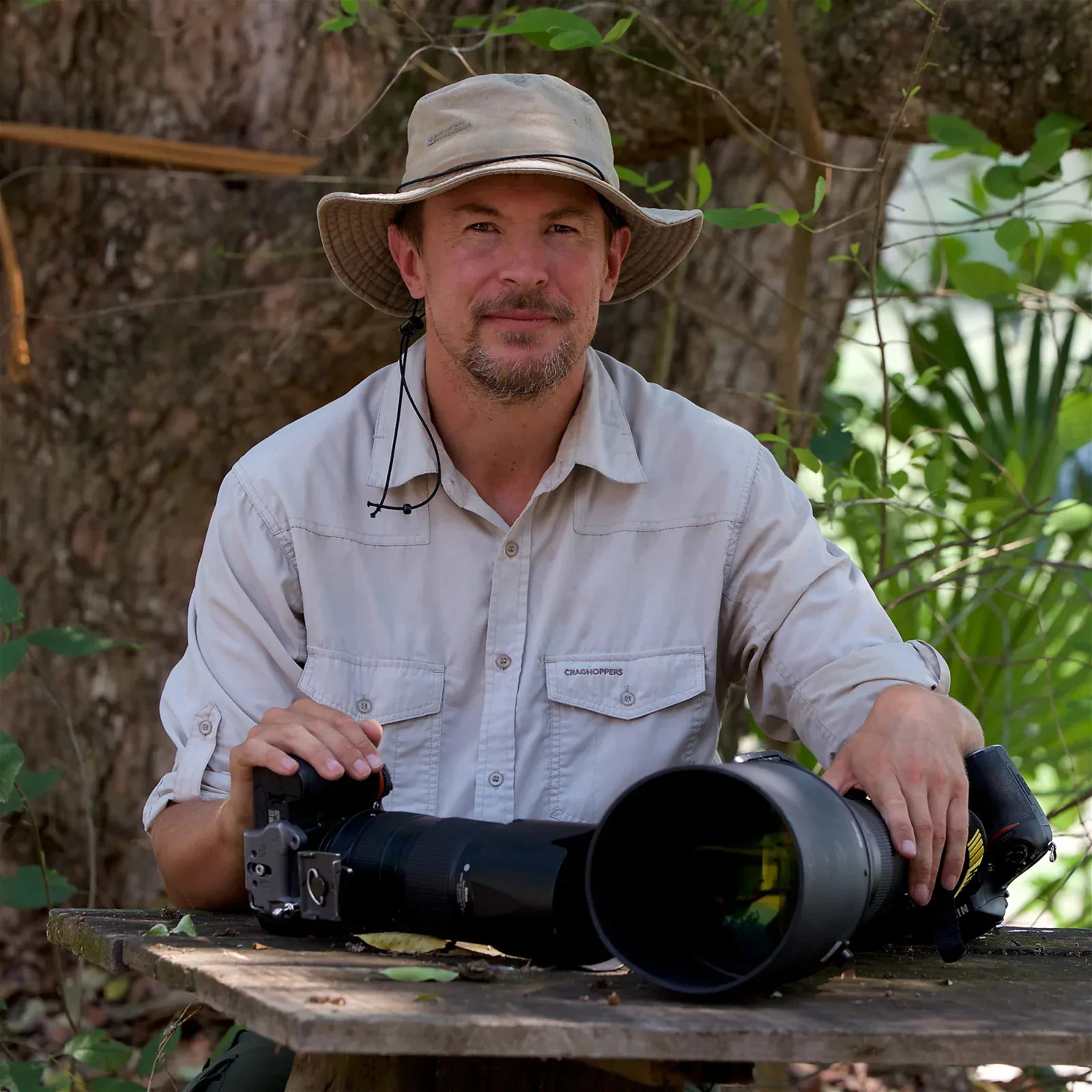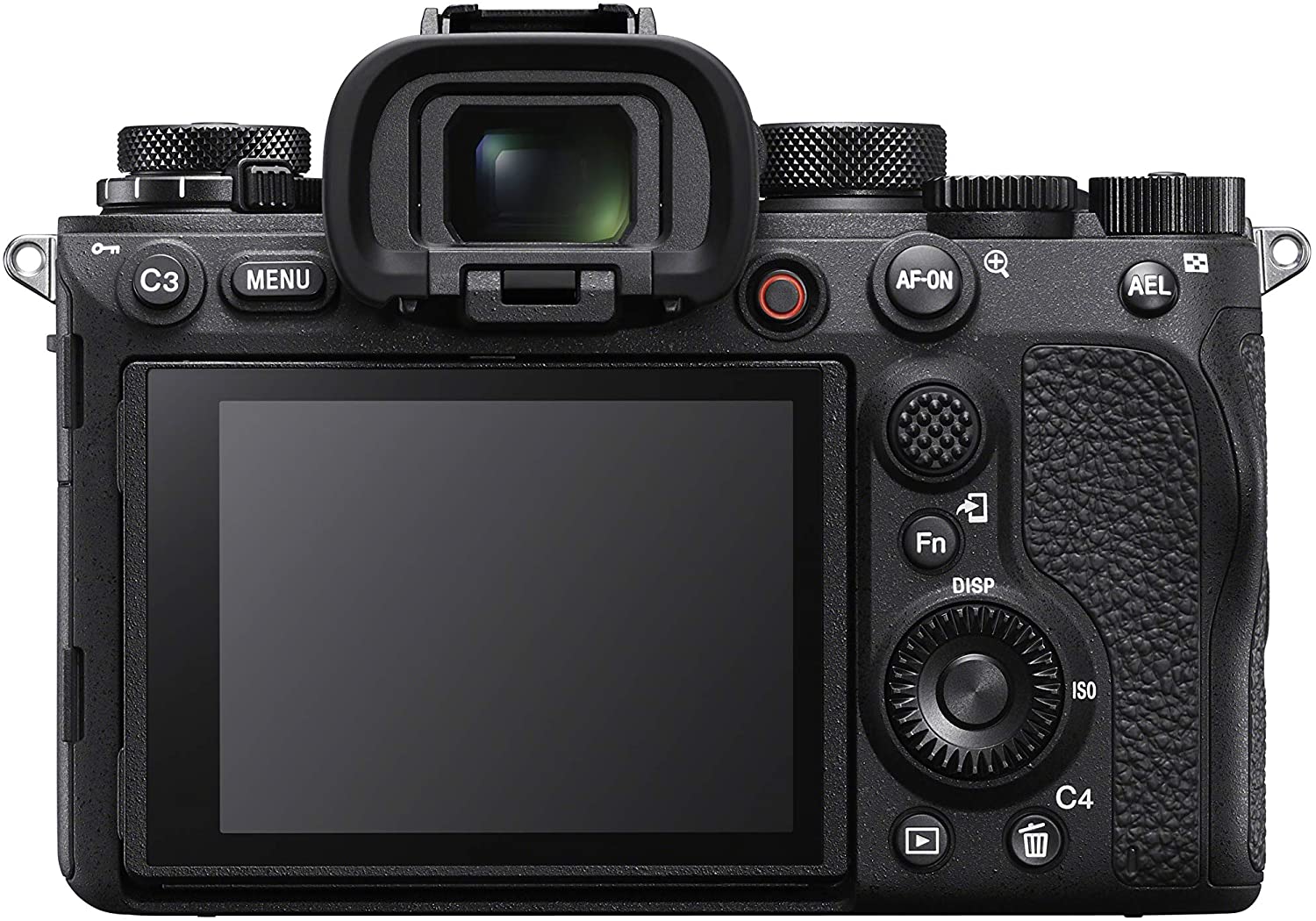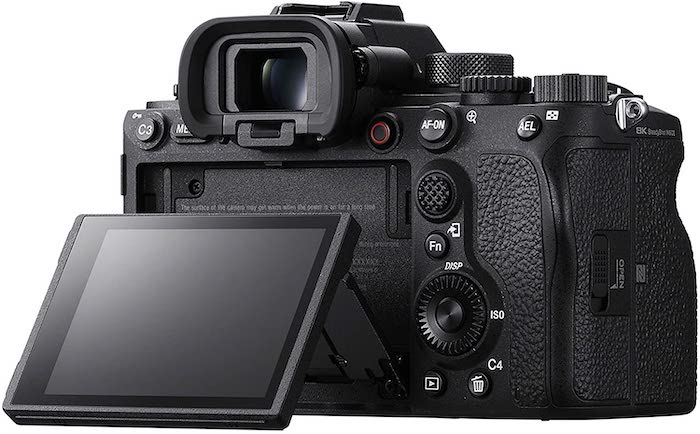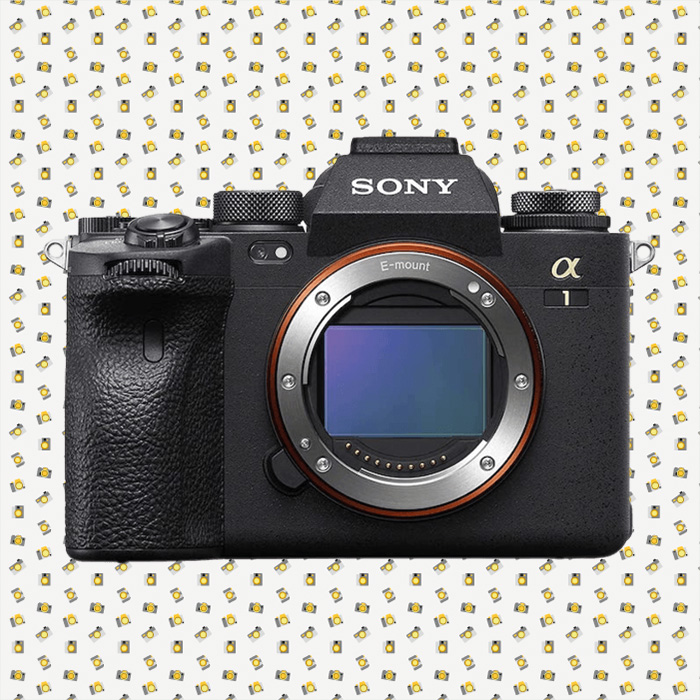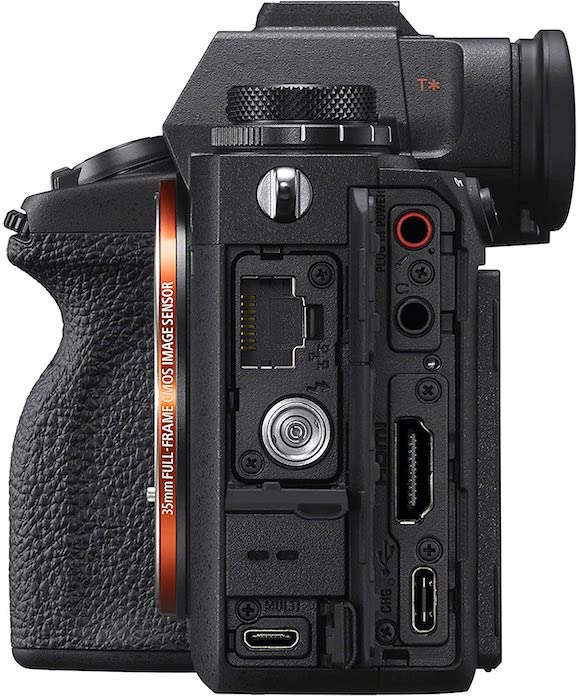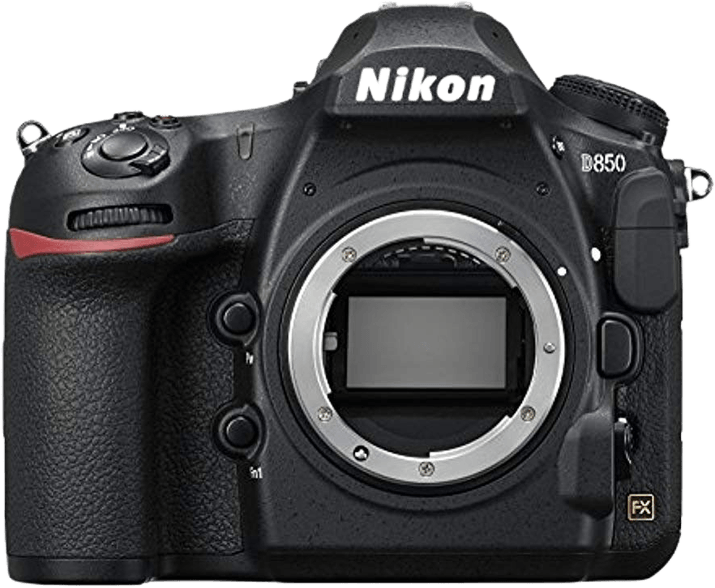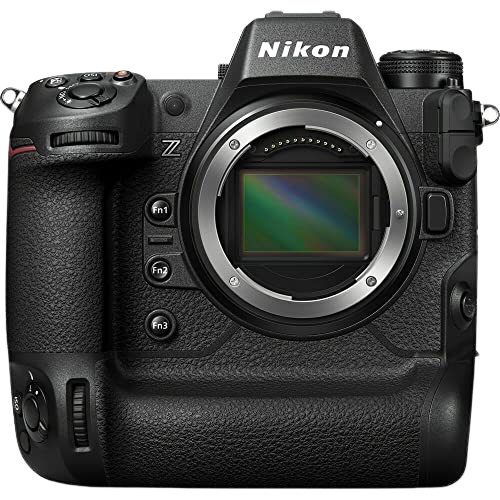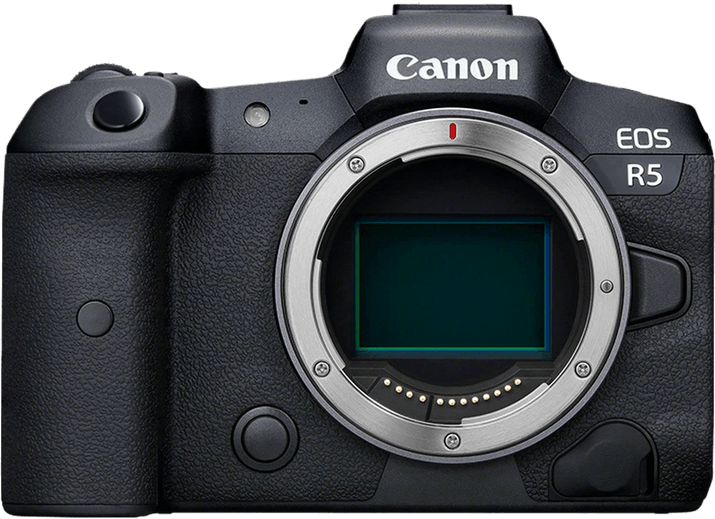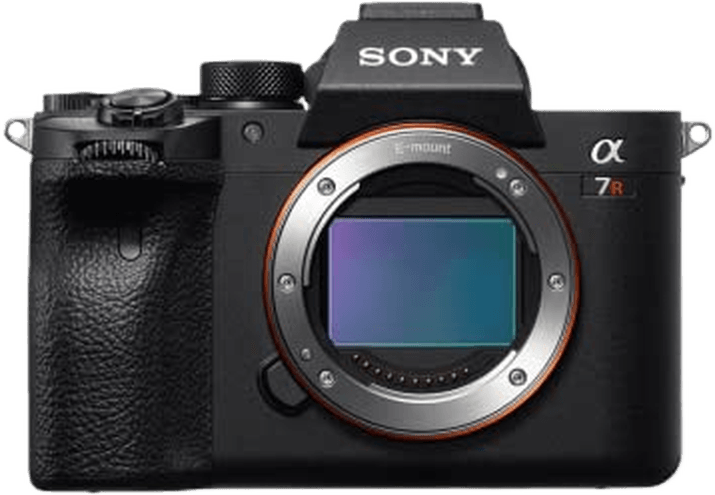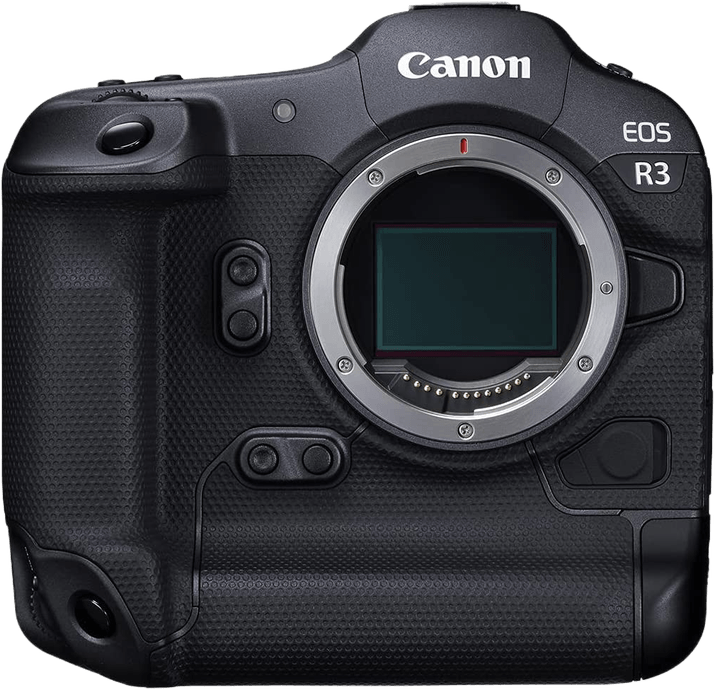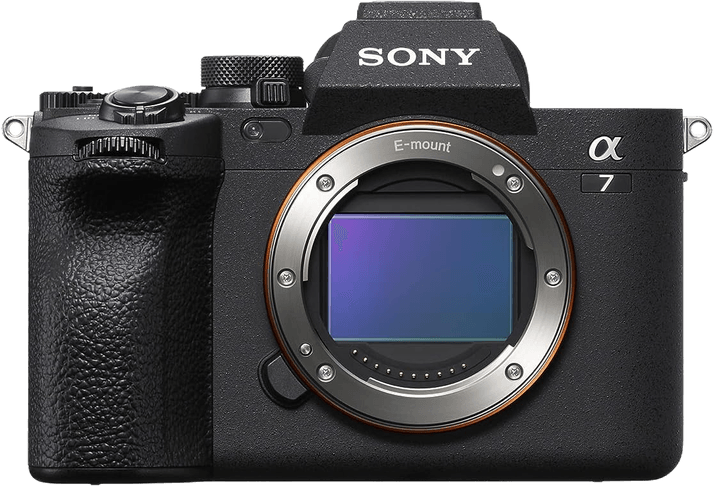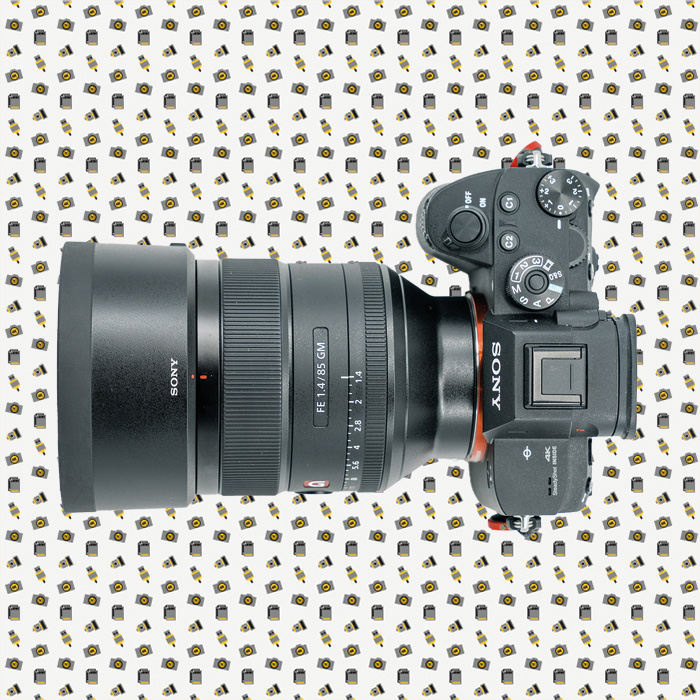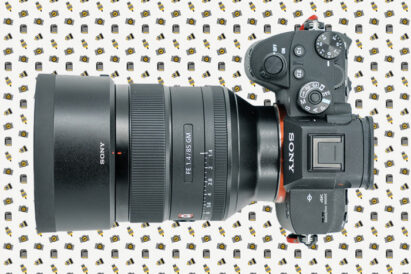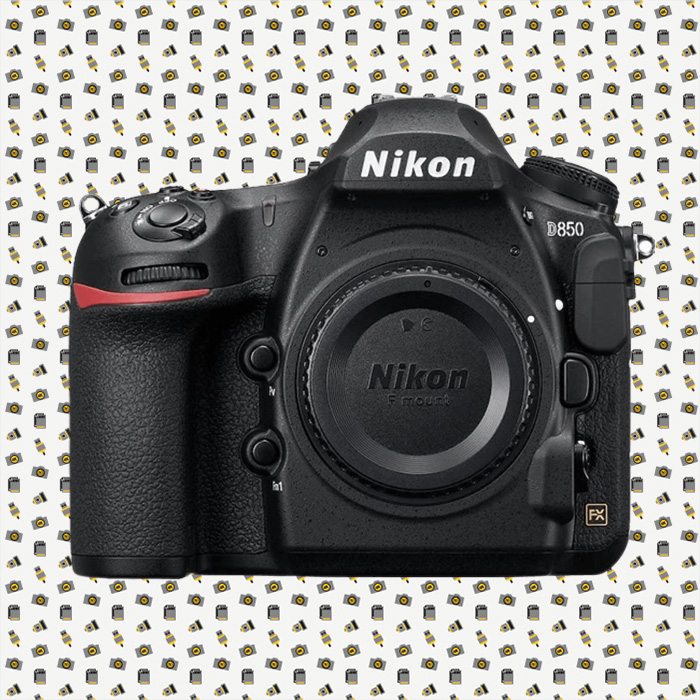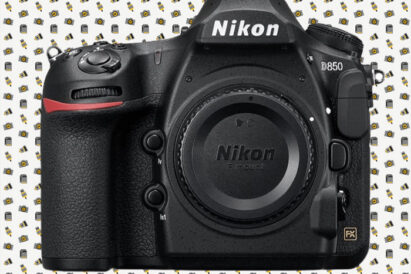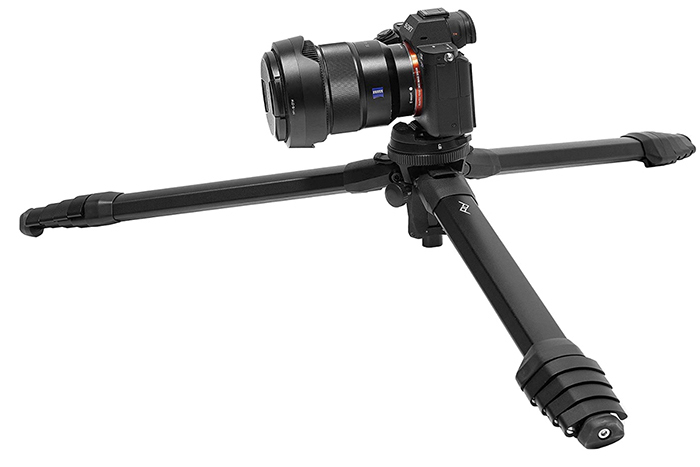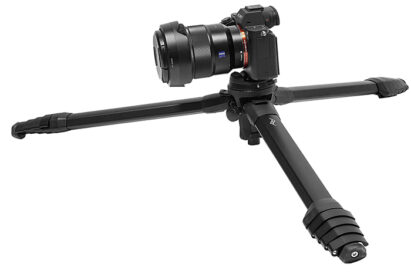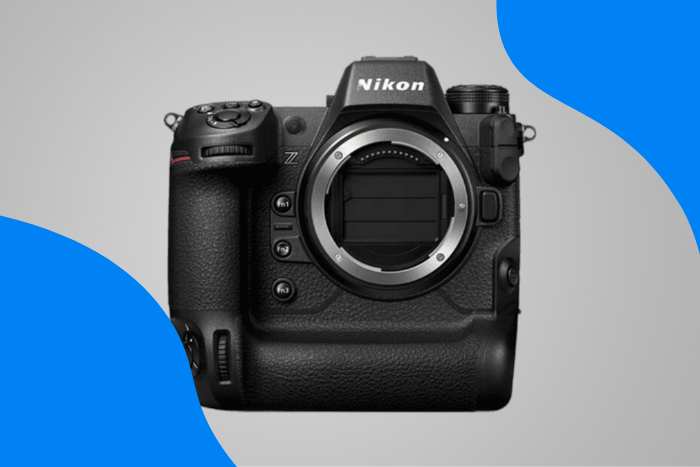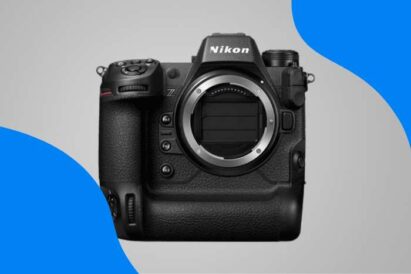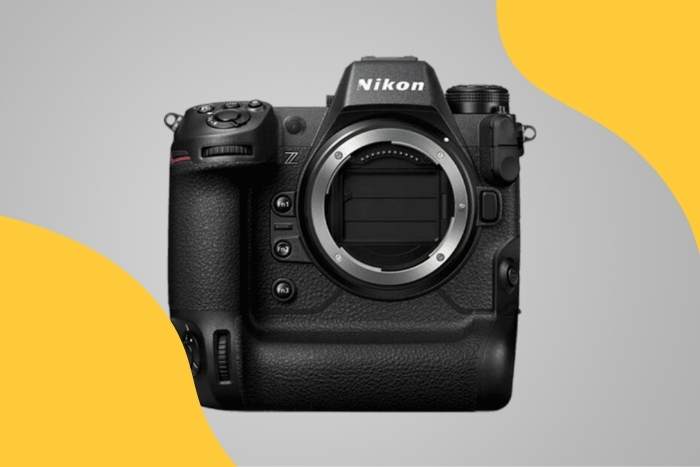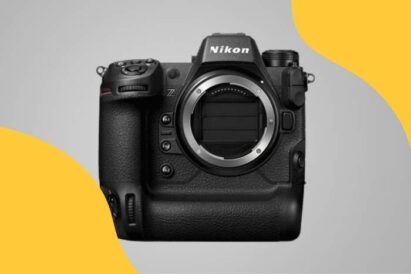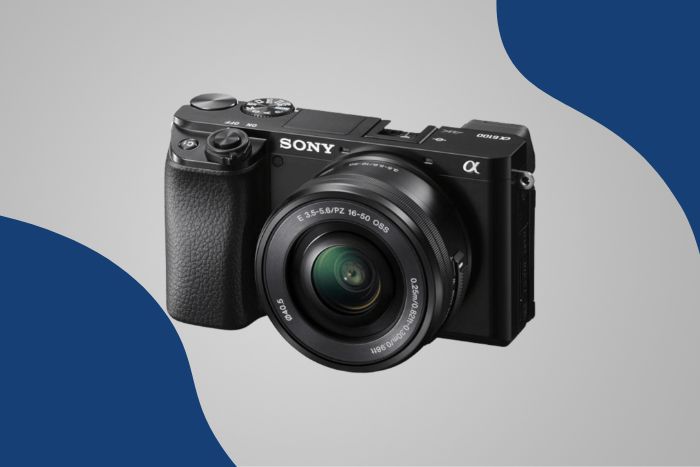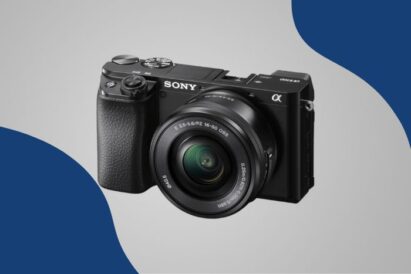When I bought my Sony a1, this camera was the best wildlife photography camera on the market. I believe the Nikon Z9 comes close now, but that wasn’t available at the time!
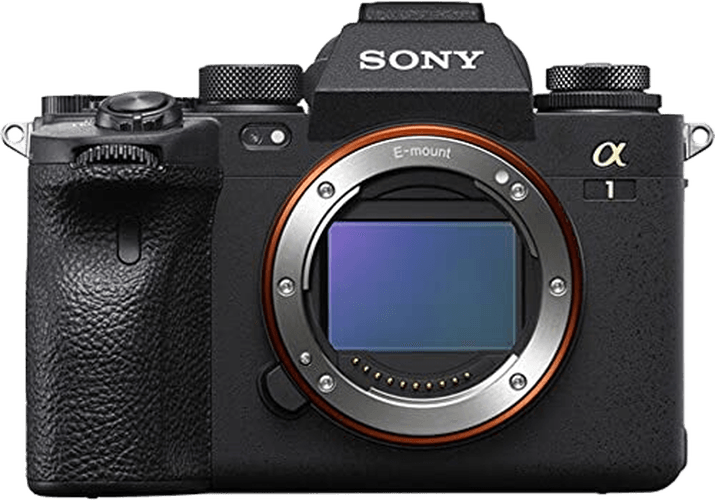
Sony a1
The three main features of the Sony a1 are the high-resolution sensor, the rapid frame rate, and the fast and accurate eye detection autofocus. I’ve already been on two photography trips with the Sony a1 (to the Hudson Bay and Antarctica), and I’m very impressed.
Sony a1 Overview
Everything worked as it should. The only real problems were the battery life in sub-zero temperatures and that it’s so easy to fill up your memory card shooting at 30 fps!
This Sony a1 review will therefore be colored by my own experience, but that’s not a bad thing. Reading through specs on a page is great, but there’s no substitute for a proper field test.
And this is not just for wildlife photographers. It has all the bases covered in terms of resolution, frame rate, autofocus, and handling. That means it should be suitable for landscapes, portraits, weddings, sports, and any other genre of photography. It can even manage 8K UHD video!

| Camera Type |
Camera Type
|
| Megapixels |
Megapixels
50.1 MP |
| Sensor Format |
Sensor Format
|
| Sensor Size |
Sensor Size
24 x 35.9 mm
|
| Frame Rate |
Frame Rate
30 fps |
| Autofocus Points |
Autofocus Points
759 |
- Large sensor captures tons of detail
- High frame rate of 30 fps
- Eye tracking (human, animal, and bird)
- Easy customization
- Silent shooting for quiet situations
- Incredible 8K/30p Ultra HD video
- Expensive
- Highest frame rates only for JPEG, HEIF, and lossy compressed RAW files
- Eye tracking only selected manually
- Small rear LCD screen
- No GPS
What’s Special About the Sony Alpha 1?
The Sony a1 was conceived as one camera that could do it all. But how does it perform in practice? Let’s dive in a bit deeper with our Sony a1 review and see if it’s worth the money.
Key Features and Performance
Sony has been producing full-frame mirrorless cameras for years, and the a1 combines the best bits of the a7R IV and the a9 II. The image sensor offers almost the same resolution as the a7R IV. And the frame rate is even better than that of the a9 II.
The autofocus is also world-beating, and there are no complaints when it comes to any aspect of the design or specifications—even video.
Here are my views on all of the main aspects of performance and handling.
Camera Body, Design, and Handling
Some critics say that the a1 is too “boxy” and doesn’t have the comfortable curves of the Canon and Nikon equivalents—either their DSLRs or mirrorless cameras. It’s true that it doesn’t have an integrated vertical grip, the viewfinder housing is angular, and the straight sides make no concession to the shape of human hands. But those things honestly don’t bother me.
At 1.62 lb (737g), the a1 is smaller and lighter than the Nikon D850 DSLR I used to have, and what it lacks in ergonomics, it more than makes up for in customization. One of the problems I had with the D850 was that I couldn’t set up presets to take my favorite pictures—either action shots, portraits, or slow pans.
The Sony a1 makes that easy with three numbered shooting modes on the main dial. You can customize each in great detail under the Shooting Mode menu option. That means not just the shutter speed, aperture, and ISO but the autofocus area, white balance, file format, and countless other settings.
This is especially important with modern cameras. It’s easy to forget that you changed a basic setting such as the autofocus mode, so it’s nice to be able to “reset” everything by simply turning the main dial.
My only small complaint is that you have to press a button in the center of the dial to unlock it before choosing a different preset. That costs valuable seconds if I’m in the middle of a shoot and want to change my camera settings on the fly. There’s a toggle button on the exposure compensation dial, so I don’t know why Sony didn’t use the same system for the main dial.
There are also four dedicated custom buttons (C1-C4) and an Fn (function) button on the top and back of the camera. They can have almost any function attached to them, but I’ve set mine up like this:
- C1: Switch Focus Area
- C2: White Balance
- C3: Switch Silent Mode
- C4: Touch Operation Select
- Fn: Playback Zoom
Of course, you still find all the “normal” buttons you might expect on modern DSLRs and mirrorless cameras. However, I find the three numbered presets and all the dedicated custom buttons particularly useful.
If I have one final complaint, it’s that there isn’t a function button to the right of the lens mount. It would be much easier to reach than a button on the back because you could use your forefinger or middle finger. That’s what I used to do with the depth of field button on my old DSLRs.
Mirrorless cameras don’t need depth of field buttons because the EVF or monitor shows a “WYSIWYG” preview of the shot you’re about to take. However, a function button I could customize to switch on the horizontal level would be nice.
Sony a1 Viewfinder and Touchscreen
The a1 offers blackout-free, silent shooting. This effectively means it’s gained an advantage on any DSLR, which will never be able to match that.
The 9.44 million dot OLED electronic viewfinder offers the highest resolution of any mirrorless camera on the market. It features an impressive 0.90x magnification with a 41° field of view, and the 240 fps refresh rate is another world-beater.
When I looked through the viewfinder for the first time, it did look a bit “digital.” However, that was just because it was so clear and bright I completely forgot it was an EVF and thought it must be an optical viewfinder!
The responsiveness of the EVF is what’s most impressive. There are two types of lag that plague EVFs—image lag and control lag. The Sony a1 manages to solve them both. The image appears in real-time as in real life. Any adjustments to the shutter or aperture dials appear immediately rather than being delayed—or not registering at all.
The EVF is also incredibly informative, and you can show (or hide) whatever information you need to help take better pictures. All you need to do is press the DISP button to cycle through the options. These include a histogram and a handy spirit level.
The LCD monitor is less impressive than the viewfinder. It offers the same information, and the a1 seamlessly toggles between the two as you put your eye to the viewfinder or take it away. The touchscreen technology is also very useful, and it makes it a lot easier to navigate the menus.
However, the screen is relatively small at 3″/7.5 cm. And it only tilts up by 90° rather than being a fully articulating LCD screen. This is not a big deal for me, but it’s slightly disappointing on a camera that is designed to be the best-of-the-best.
It’s also true that in strong sunlight at a certain angle, the camera doesn’t switch on the viewfinder. And both the EVF and the touchscreen have a 4:3 aspect ratio even though the a1 has a standard 3:2 sensor. That means your pictures in the normal format will never display full-screen!
Finally, a word on the Sony menus. The menu structure is an improvement from previous versions. But there’s an awful lot of information packed in there, and sometimes it’s hard to know where to look.
When I bought my first Sony a1, it was so complicated that I was a bit worried about setting it up. Fortunately, I found a couple of very useful videos on YouTube that provided a step-by-step guide.
As a wildlife photographer, I wanted to ensure that I had all the right settings to get the best out of the technology at my disposal. However, it wasn’t easy, and I had to make a lot of tradeoffs along the way.
For example, it was slightly disappointing to have to choose between the maximum frame rate and the maximum file size or the maximum EVF refresh rate against the maximum EVF resolution.
After all, there’s the best and there’s the second-best!
Sony a1 Sensor and Shutter
The speed of the sensor is key to the a1’s performance advantages. The 50.1 MP full-frame stacked CMOS Exmor RS sensor comes equipped with a high pixel count, gapless on-chip lenses, AR-coated glass, a back-illuminated architecture, and various other enhancements.
The sensor’s back-illuminated (BSI) design means it’s more sensitive to light. That means it’s able to cope with 15 stops of dynamic range and offer a smooth progression from shadows to highlights. That’s a real advantage for shooting in low-light conditions.
There’s also a way of taking high-resolution 200 MP images by combining frames. However, it’s virtually useless for outdoor photography as it can’t cope with any movement.
There has traditionally been a tradeoff between resolution and frame rate. The higher the resolution, the more information there is to save to the memory card. That makes it harder to achieve high continuous shooting speeds.
Fortunately, the Sony a1 solves that problem at a stroke, boasting high resolution and RAW shooting speeds of 30 fps with the electronic shutter! Admittedly, that’s in a lossy compressed format. But even in lossless compressed RAW format, the Sony a1 still achieves 20 fps. That’s plenty for most purposes.
The speed of the sensor matches the speed of the shutter. The maximum shutter speed of 1/8000 of a second is pretty good. And the flash sync speed of 1/400 s with the mechanical shutter is handy if you want to shoot portraits wide open.
The a1 can also manage 10 fps with the mechanical shutter—which is better than the D850 even with an MB-D18 battery grip!
Finally, the silent shooting mode is useful for wildlife subjects. And shots taken with the electronic shutter don’t suffer from rolling shutter effects or banding.
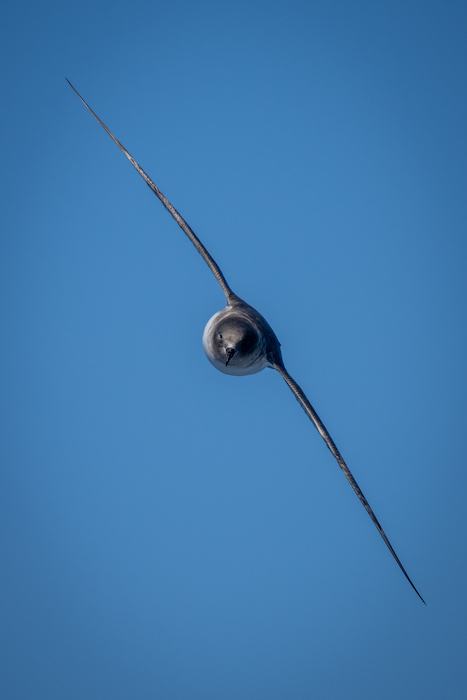
Buffer
The sensor’s advanced BIONZ XR engine boosts sensor processing speed by up to 8x compared to the BIONZ X. And one of the benefits is the size of the buffer. You can shoot up to 165 full-frame JPEG images or 155 full-frame compressed RAW images at up to 30 fps with the electronic shutter. And it can do this while maintaining full AF and AE tracking performance.
This is critical to capturing fast-moving action in wildlife and sports photography. And in my experience, the buffer clears very quickly. That means I’m far less likely to miss a crucial shot!
ISO Range
For still images and video, the Sony a1’s ISO range is 100-32000 (and adjustable to 50-102400 ISO for still images). This is similar to the D850, which has an upper limit of 25600 ISO. However, the D850 has the advantage of a slightly lower base ISO of 64.
Strictly speaking, the Sony a1 has two ISO invariant ranges—one from 100-400 and another from 500-102400 ISO. The second range deliberately uses a high conversion gain mode for better performance in low-light conditions.
That sounds a bit complicated, but it means you can reduce noise and preserve highlights by setting the “wrong” manual ISO in two types of situations:
- If light levels are low, you can use 500 ISO instead of a much higher value as a kind of negative exposure compensation. When you brighten the image, it won’t be much noisier, and you’ll benefit from more detail in highlight areas.
- In bright conditions with a high shutter speed, you can use 100 ISO instead of anything up to 500 ISO. Again, you’ll get similar noise and won’t clip the highlights.
Using AUTO ISO, you can select the lower and upper limits between 100 and 12800 ISO.
Autofocus
Great Autofocus is the unique selling point of the Sony a1. The autofocus system has 759 phase-detection, 425 contrast-detection AF points, and AI-based real-time tracking. This is based on a subject recognition algorithm that uses real-time data on brightness, color, and distance.
All the major full-frame mirrorless models have it now, including the Nikon Z9 and the Canon R5, but the a1’s eye tracking is probably the best. It has three separate modes for humans, animals, and birds. You have to select the right one yourself, which is a bit of a pain. But “bird” mode seems to work just as well for animals if you can’t be bothered to change it every time!
Because of the high sensor readout speed, the Sony a1 can make up to 120 AF/AE calculations per second—even at 30 fps! That means the tracking system is very “sticky,” and will even reacquire the subject if it temporarily drops out of the frame.
Put it this way, I took a shot of a gentoo penguin on the Antarctic Peninsula in the middle of a snowstorm, and its eye was still tack-sharp!
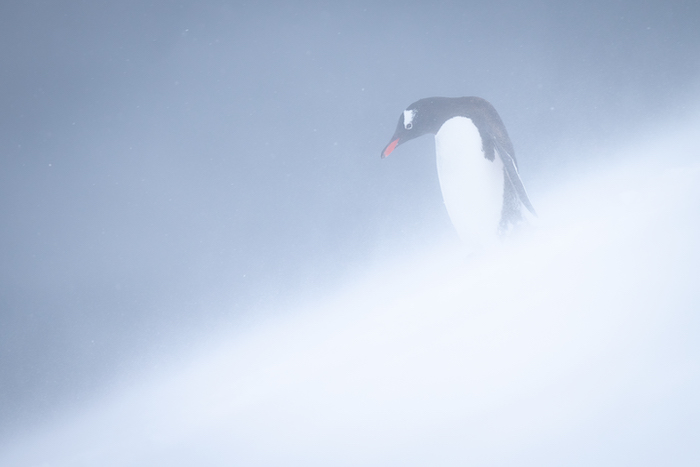
There are seven different focus modes to choose from:
- Wide
- Zone
- Center Fix
- Spot: S
- Spot: M
- Spot: L
- Expand Spot
Each has a separate “tracking” mode if you want to get the best from eye detection. But you’ll only be able to shoot at a maximum of 20 rather than 30 fps.
I tend to use Zone just to help the camera out a bit, but it depends on the background. Wide can sometimes work, but only if there are no distractions. If you’re shooting through branches or you’d prefer to select the focus point yourself, you can always choose one of the spot area modes. You can then manually put the square over your subject’s eye.

Sony a1
Sony a1 Video Specs and Performance
I haven’t yet used my Sony a1 as a video camera, but it’s nice to know I can if I want to! The a7S III is probably a better option if you’re a videographer, but the a1 still offers plenty of video features. The larger sensor also means it can shoot full-width 8K UHD video at up to 30p.
Mirrorless cameras typically have an advantage over DSLRs when shooting video due to the autofocus system. The Sony a1 is no exception. The Active Steadyshot digital stabilization works with mechanical stabilization to achieve very smooth footage. Although, this is at the expense of a slight 1.1x crop and a loss of fine detail.
Compared to other mirrorless cameras, the Sony a1’s 8K footage is not as sharp as the Canon R5’s. The 4K video is also “pixel-binned,” which means it merges neighboring pixels. That means the R5 again offers better detail at 4K in high-quality mode because it’s taken from oversampled 8K capture. (The a1 also has an oversampled 4K mode, but it’s taken from the APS-C cropped area of the sensor, so it’s not as sharp.)
On the other hand, the R5 can’t shoot in the oversampled mode for long without overheating, and the Sony a1 beats the R5’s non-oversampled 4K footage. The a1 also shows greater detail when it comes to 4K 120p footage, but that comes at the expense of a 1.13x crop.
There are plenty of possible video options. Here’s a brief summary:
- Quality: Super 35, 4K, or 8K
- Frame rate: 24, 30, 60, or 120p
- Capture region: 8.6K FF, 4.3K (binned) FF, 3.8K (binned) 1.13x crop, and 5.8K 1.5x crop
- Maximum bit depth: 10-bit 4:2:0 and 10-bit 4:2:2
- Codecs: XAVC HS, XAVC S-I, XAVC S
Sony a1 Connectivity, Battery, and Storage
The Sony a1 is probably the most “connected” camera on the market today, with a huge range of ports on the left-hand side of the body:
- Ethernet 1000/100/10 Base-T port
- Prontor/Compur (PC) flash sync terminal
- “Multi,” ie, Micro Super-Speed 10 Gbps USB 3.2, and Sony’s analog A/V interface
- 3.5mm powered stereo mic-in
- 3.5mm stereo headphone out
- Full-size HDMI-A
- USB-C port (3.2, 5 Gbps)
It also supports WiFi, NFC, and Bluetooth. But it doesn’t offer a built-in GPS, which is a bit annoying. You can copy the coordinates from your smartphone using the Imaging Edge app, but that’s far less convenient.
Mirrorless cameras tend to have a much shorter battery life than DSLRs as they have to power the EVF or touchscreen display whenever they’re switched on.
According to the CIPA standard, the Sony a1 can only manage 430 shots using the viewfinder or 530 using the LCD monitor. However, I’ve managed to get a few more than that between charges. Admittedly, I have two Sony camera bodies, both equipped with the VGC-4EM Vertical Grip, which contains two NP-FZ100 batteries, but the main reason is that I take almost all my shots at the Hi+ frame rate of 20-30 fps.
The dual UHS-II/CFexpress Type A card slots are convenient in the sense that I can always use spare SD cards in an emergency. However, CFexpress Type A cards are more expensive and slower than Type B cards. The read and write speeds for my Sony Tough 160 GB Type A cards are only 800 MB/s and 700 MB/s. Type B cards can manage more than double that.
Who is the Sony Alpha 1 for?
Anyone who can afford it! That’s the simple answer. It’s a professional camera, but there must be thousands of enthusiastic hobbyists out there who would love to get their hands on such an all-singing, all-dancing mirrorless system.
The excellent image quality is great for landscapes. The market-leading RAW frame rates and exceptional autofocus system are great for wildlife and sports. And the compact design is great for travel, reportage, and street photography.
In short, it puts all other Sony cameras to shame.
Sony Alpha 1 Alternatives and Comparisons
The obvious caveat is to do with what you already have in your camera bag. If you’re a Canon or Nikon shooter, I totally understand it’ll be hard to switch to a Sony system and give up all that glass. It was for me, too, although I eventually made the leap!
If you really don’t want to change to Sony cameras or shoot using adaptors, or if you don’t have the budget, here are a few other cameras that might look tempting.
Nikon D850
Well, I would start with this one, wouldn’t I?! This is one of the DSLRs I used to own, and if I hadn’t been able to afford my pair of new Sony a1s, I would still have one now. It offers the best image quality and handling of any DSLR for wildlife and sports photographers. However, it’s let down by the pedestrian frame rate of 7 fps and the lack of full-frame autofocus points. Who can be bothered to focus and recompose these days?
Nikon Z9
The Z9 is the camera I might have bought if it came out a few months earlier. As a Nikon shooter, I would have been able to use all my old lenses (with an FTZ adaptor), and the specs are very similar to those of the Sony a1. The sensor is only slightly smaller, and the RAW frame rate is only slightly slower. Timing is everything, I guess.
Canon EOS R5
The R5 offers similar features to the a1 with Canon’s impressive Dual Pixel AF, a 45 MP sensor, and 20 fps continuous shooting speed. Video recording quality is excellent, but there are still problems with overheating if you shoot video in the highest-quality 8K format. This is despite a recent firmware upgrade. That said, it’s only about half the price of the Sony a1!
Sony a7R IV
The a7R IV will appeal to all you landscape photographers out there. Or anyone else who values the highest overall image quality in a 35mm camera. There’s even an option to stitch 16 images together into one enormous 240 MP file! If you don’t shoot fast action and think there’s no substitute for image quality, wide dynamic range, and low noise levels, this may be your camera. However, it’s older than the a1, and the image controls are inferior.
Canon EOS R3
This Canon mirrorless camera trades off resolution for a higher frame rate. The 30 fps continuous shooting speed matches the a1. And the sensor provides high dynamic range and good performance in low light or at high ISOs with faithful color rendition. However, it’s held back by the 24.1 MP resolution, which is just too small for most wedding, portrait, or landscape photographers.
Sony a7 IV
This is more of a compromise in terms of image quality, frame rate, and autofocus capability. The new 33 MP sensor offers sharper images and better low-light performance than previous versions of the a7, but it doesn’t match the a1. And 6 fps in lossless compressed RAW format is so last year!
If you’re still not sure, you can compare the a1 with any camera in our database:

Our Verdict
Mirrorless is the future of photography. And the Sony a1 is at the head of the pack alongside the Nikon Z9 and the Canon R5. If you’re thinking about going mirrorless, then you’ll obviously have to consider the brand of your current lenses and the cost of replacing them over time. However, after writing this Sony a1 review, I think it’s worth it if you’re serious.
There are cameras out there with bigger sensors, greater dynamic range, and faster frame rates. But there’s nothing on the market that quite matches the combination of speed, resolution, and autofocus performance of the Sony a1 mirrorless camera.

Sony a1
That’s why I have a pair of them sitting in my camera bag. I’m a perfectionist, and I want the best possible photography equipment because it helps me take better photographs. Yes, it’s a very expensive camera. I could probably get away with a cheaper model with lower specifications, but try telling me that when there’s a cheetah chasing a gazelle at 70 mph! If you’re interested in hearing more, we recently named the a1 as our best camera for bird photography and for safari photography!


